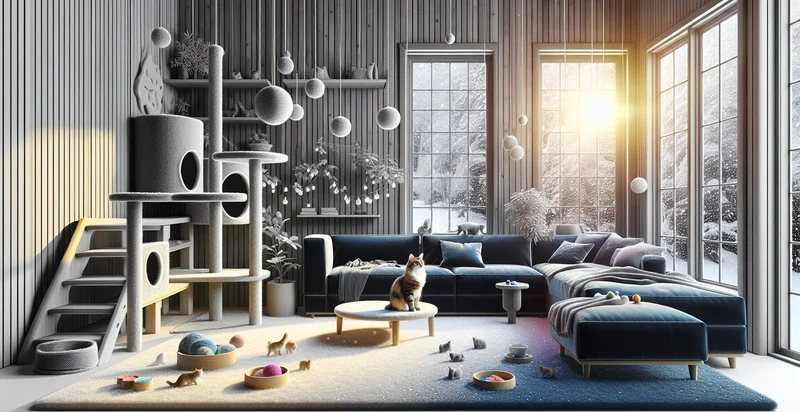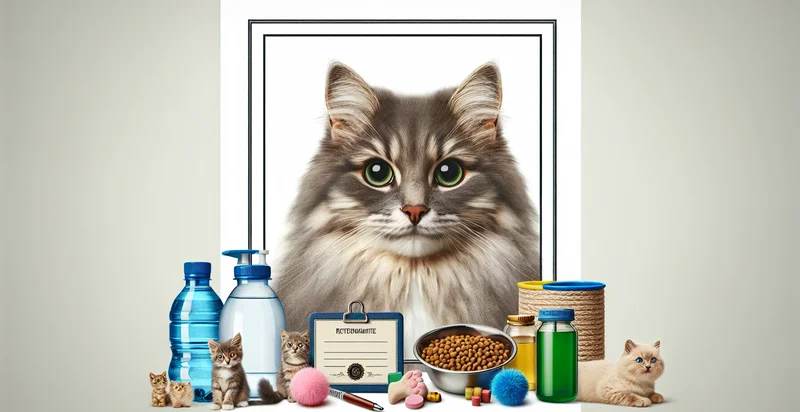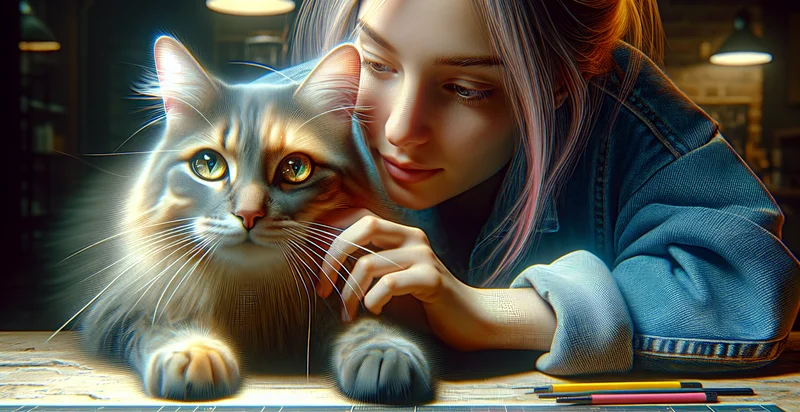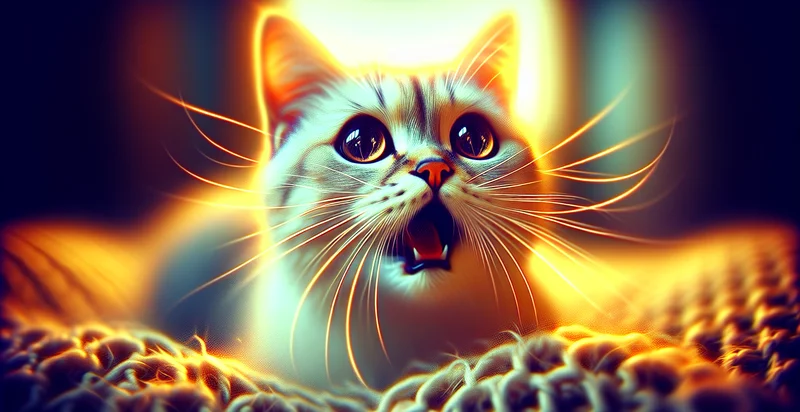Identify cat environment
using AI
Below is a free classifier to identify cat environment. Just upload your image, and our AI will predict what type of cat habitat it represents - in just seconds.

Contact us for API access
Or, use Nyckel to build highly-accurate custom classifiers in just minutes. No PhD required.
Get started
import nyckel
credentials = nyckel.Credentials("YOUR_CLIENT_ID", "YOUR_CLIENT_SECRET")
nyckel.invoke("cat-environment", "your_image_url", credentials)
fetch('https://www.nyckel.com/v1/functions/cat-environment/invoke', {
method: 'POST',
headers: {
'Authorization': 'Bearer ' + 'YOUR_BEARER_TOKEN',
'Content-Type': 'application/json',
},
body: JSON.stringify(
{"data": "your_image_url"}
)
})
.then(response => response.json())
.then(data => console.log(data));
curl -X POST \
-H "Content-Type: application/json" \
-H "Authorization: Bearer YOUR_BEARER_TOKEN" \
-d '{"data": "your_image_url"}' \
https://www.nyckel.com/v1/functions/cat-environment/invoke
How this classifier works
To start, upload your image. Our AI tool will then predict what type of cat habitat it represents.
This pretrained image model uses a Nyckel-created dataset and has 20 labels, including Apartment, Attic, Backyard, Balcony, Barn, Basement, Cat Cafe, Cat Tree, Commercial Space and Front Porch.
We'll also show a confidence score (the higher the number, the more confident the AI model is around what type of cat habitat it represents).
Whether you're just curious or building cat environment detection into your application, we hope our classifier proves helpful.
Related Classifiers
Need to identify cat environment at scale?
Get API or Zapier access to this classifier for free. It's perfect for:
- Social Media Content Moderation: This function can be used by social media platforms to filter and classify images uploaded to their sites. By identifying images that may be misclassified as "cat environments," platforms can prevent misleading or inappropriate content from appearing in user feeds, enhancing user experience.
- E-commerce Product Categorization: Online retailers can utilize this function to accurately categorize products in a pet supplies section. By differentiating between various "cat environments" and incorrect classifications, businesses can improve inventory management and provide customers with better-targeted product recommendations.
- Veterinary Telemedicine Services: Veterinary telemedicine platforms can employ this function to analyze images submitted by pet owners. By accurately identifying images that falsely represent cat environments, vets can ensure that consultations are based on relevant and accurate data, leading to better diagnostics and care recommendations.
- Veterinary Behavior Analysis: Animal behaviorists can use this function to analyze visual data related to cat behavior. It can help them distinguish between images from stress-inducing environments and calm ones, facilitating better behavior assessments and tailored intervention strategies.
- Wildlife Conservation Monitoring: Conservation organizations can utilize this function in camera trap technology to identify images that inaccurately show domestic cats in wildlife or conservation areas. This helps in tracking and monitoring the impact of feral cats on native wildlife and ecosystems, leading to informed conservation efforts.
- Augmented Reality Pet Applications: Mobile app developers focused on augmented reality experiences for pet owners can use this function to filter background environments in user-uploaded images. By classifying images accurately, apps can enhance user experience by providing relevant features, such as seamless integration of virtual elements in real environments.
- Educational Platforms for Animal Care: Educational platforms can implement this classification function in courses designed for animal care and welfare. By showing examples of correctly and incorrectly classified cat environments, learners can better understand the relationship between environment and feline behavior, leading to improved care practices.


